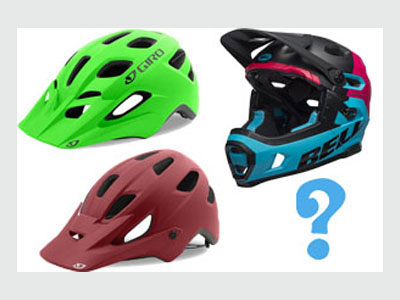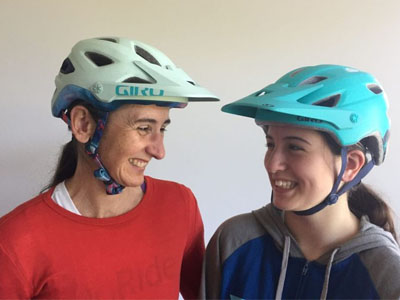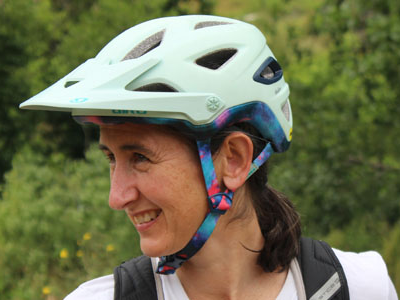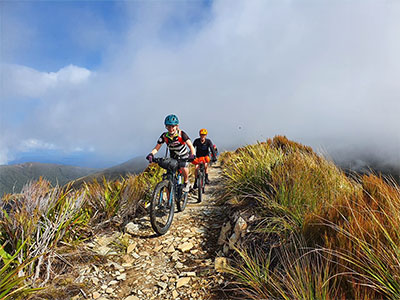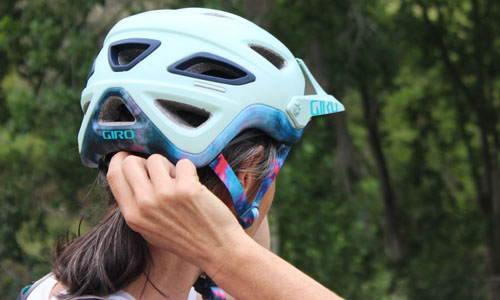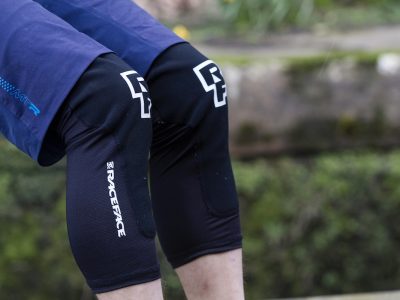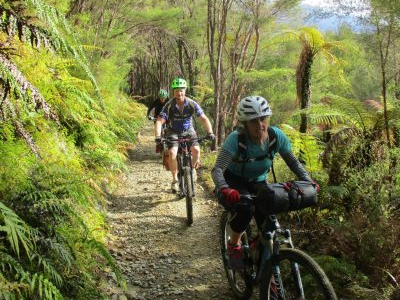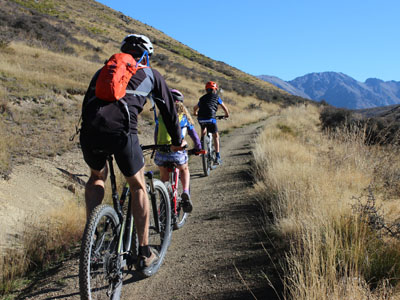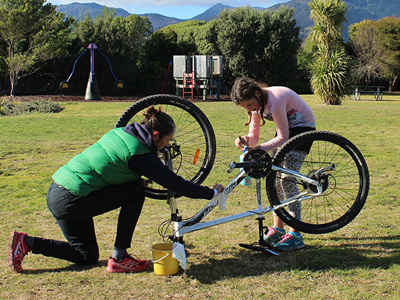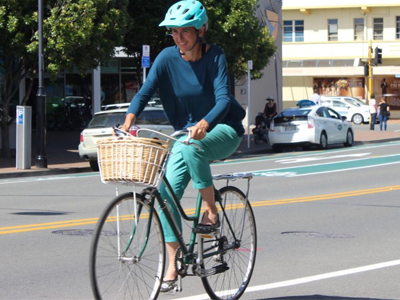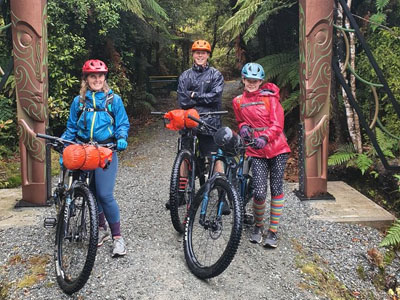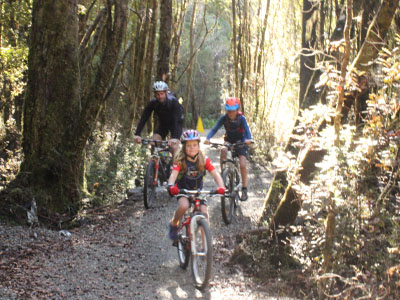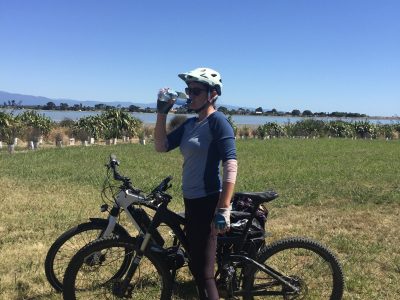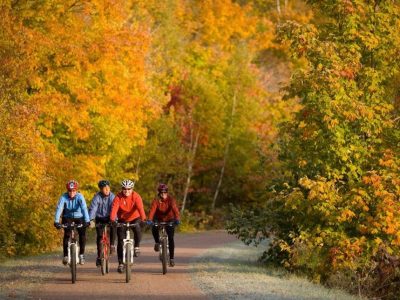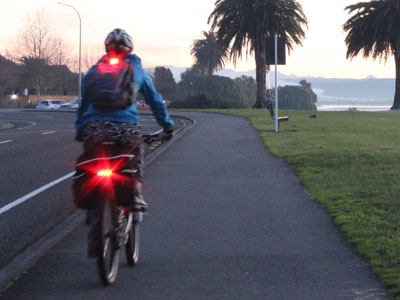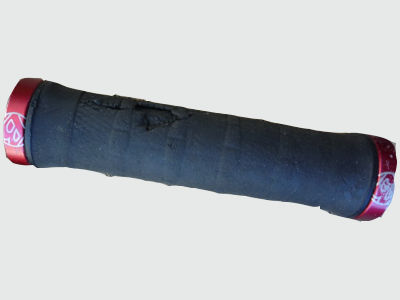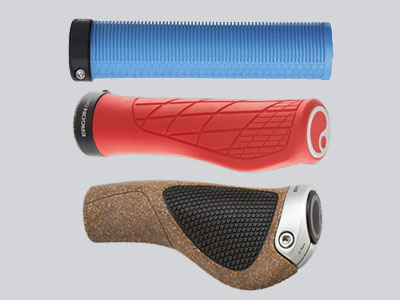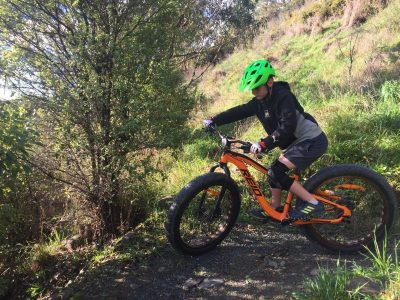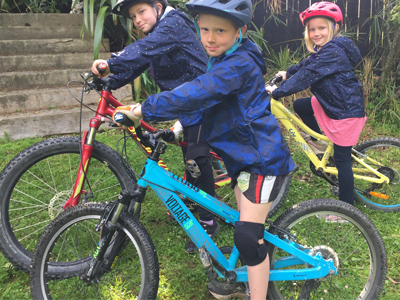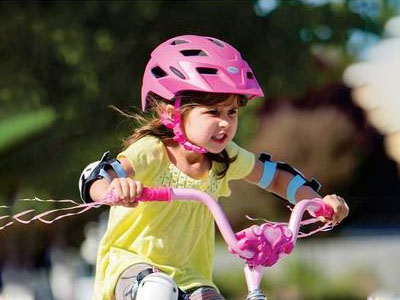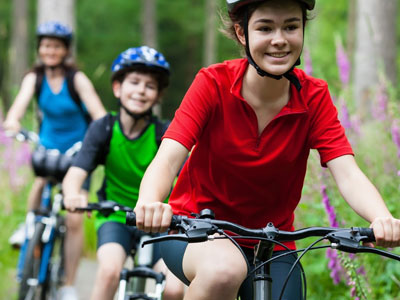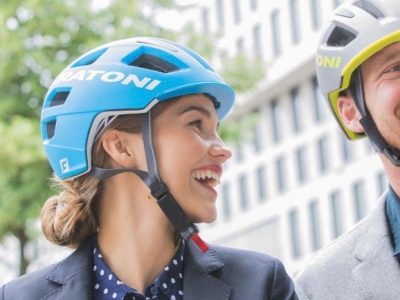
E-Bike Helmets – What are the options?
There are a lot of options for Bike Helmets. To keep you safe, when you ride an E-Bike, the helmet your wear needs to match your riding. Let’s understand which helmet would best suit you.
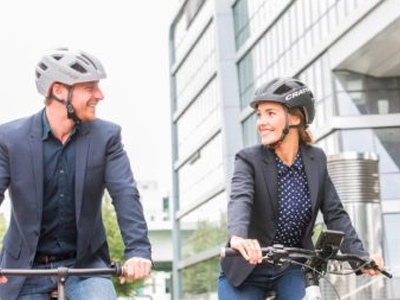
Type of Riding – E-Bike Riders
Bike helmets are designed and made with a variety of features. If you are riding in town, on bike paths, cycle trails or mountain bike trails, it is important to have a helmet with the features that will protect you. For E-Bike riding your helmet needs to have a good head shape. It should be durable and strong. it needs to be a performance helmet A lightweight helmet will be comfortable on your head and vents will provide good airflow. The most important feature of all is fit…
Helmet Fit
A Helmet must fit your head. To stay on and over your head in an impact the helmet must be the correct size for you. You must also take time to adjust you helmet to your head and ensure it is adjusted correctly every time you ride. For more information on size and fit see our guide. What you are looking for here is a great adjustment system – a rear dial or slider and chin straps that can be tightened.
It is a good idea to know your head circumference before reading this story. If you need help with this see the Adult Bike Helmet Fit guide.
E-Bike Helmet Options:
- All Round Helmet – relaxed riding
- Performance Helmet – best for speed & technical riding
- Traffic to Trail Helmet – best shape/visibility
- MTB Helmet – best for E-Mountain Bikes
All Round Helmet – Relaxed
Suited to E-Bike Riders – this helmet is really versatile and has all the features you will need for relaxed, social riding on simple trails and bike paths. It is also good for low to moderate traffic.
Features:
- Shape – extended rear head coverage. A shape that resembles a human head and goes low at the back of the head.
- Durable – ideal impact protection with its increased shell strength. It has the ability to absorb impacts through the construction & liners.
- Weight & Ventilation – lightweight with good ventilation and heat management through the angled and well positioned vents.
- Fit – unisex sizing. Easy to use fit systems that provide the ability to have a secure & stable helmet every time it is put on a head. Three sizes also helps with getting a helmet to fit your head correctly.
Additional features – quick dry padding for sweat and temperature management, easily removed for washing. Visor removability.
Size Range – Small 49-54cm Med 54cm- 58cm Lge 58-62cm

Performance Helmet – Speed & Technical Trails
Suited to E-Bike Riders – this helmet is a great investment for the best protection. Ideal for E-Bike riders who push their speed and anyone who rides more technical trails. Great for all types of bike paths, cycle trails and mountain bike trails.
Features:
- Shape – good rear head coverage. A shape that resembles a human head and goes low at the back of the head.
- Durable – the strongest in our list. Wrap molded connection between the shell and the liner making this helmet durable & strong. Addition of a MIPS system for rotational impacts.
- Weight & Ventilation – lightweight with good ventilation, multiple vents and great air flow.
- Fit – men & women specific sizing. Adjustable, impressive fit system that guarantees great fit. Specific sizing/design for men/women. Good size range helps with getting a helmet to fit your head correctly.
Additional features – quick dry padding for sweat and temperature management, easily removed for washing. Visor removability.
Size Range Women – Women Small 51-55cm, Medium 55-59cm,
Size Range Men – Small 51-55cm, Medium 55-59cm, Large 59-63cm,

Traffic to Trail Helmet – Shape & Visibility
Suited to E-Bike Riders – who spend a lot of time riding in or through traffic. Whether you are commuting, doing errands or riding across town to reach the bike paths. This helmet is the one for riders who regularly choose to ride on the road as well.
Features:
- Shape – best shape for full head coverage, low at the back as well as extended temple protection
- Durable – good shell strength (has fewer vents). Great connection between the lining and the shell for impact absorption.
- Weight & Ventilation – lightweight for a full head covering helmet. Good wide vents allowing air flow.
- Fit – unisex sizing. Easy to use fit systems that provide the ability to have a secure & stable helmet every time it is put on a head. Two sizes also helps with getting a helmet to fit your head correctly.
Additional features – rear vent light, hi vis colours
Size Range – Small 54 to 58cm, Medium 58 to 61cm

MTB Helmets – E-Mountain Bikes
Suited to E-Mountain Bike Riders – choose the level of mountain bike helmet you need for the trails you ride or the speed you ride at. E-Mountain bikes can increase your ride time and range giving you access to more trails so make sure you have the protection you need.
Features:
- Shape – low at the back for good head shape, some have chin bar/full face protection.
- Durable – strength & durability from molded shell & liner. MIPS system for rotational impacts.
- Weight & Ventilation – lightweight with good vents and air flow.
- Fit – easy to use fit systems that provide the ability to have a secure & stable helmet every time it is put on a head. Good size range options to get optimal fit.
Additional features – removable visor, quick dry padding, removable chin bar
Size Range – Varies depending on helmet choice…
Keep safe with Helmet Care and Checks
To get the most out of your helmet please read our story Caring for your Bike Helmet. It is also a good idea to understand when you may need to replace your bike helmet – wear & tear, after ANY impact.
Your bike riding success is different to others… use our stories and support, get the right solutions.
Stories and Support
View the full range of goRides Bike Helmets – Stories and Support
Buying Guide
Bike Helmet – What is the best bike helmet for you? Get the level of protection you need, depending on the type of riding you do.
The Right Bike Helmet
Understand what your choices are. Learn about the features you should have in an adult Bike Helmet.
Bike Helmet Care
A few simple things to check regularly and the best way to store your helmet.
Helmet Size and Fit - Adult
A really important part of buying a helmet – getting the right fit and size ensures the helmet will work when needed.
When to replace...
Bike Helmets do need replacing. Learn when your helmet needs to be replaced so you can have confidence in your protection every time you ride.
What is MIPS?
MIPS is a protection system available in some helmets. Learn what it is and if it is important to you?
Bike Helmet Components
Understanding the components of a Bike Helmet can help you get the right helmet. Help you care for your helmet, and make sure it works well.
Support and inspire other riders and families to ride
Share your riding outings, adventures and experiences on our quick and easy question and answer forms. Join us in helping others ride bikes. All entries receive a free shipping coupon and go into our seasonal prize draw.
goRide supporting women and families to SMILE when you ride



